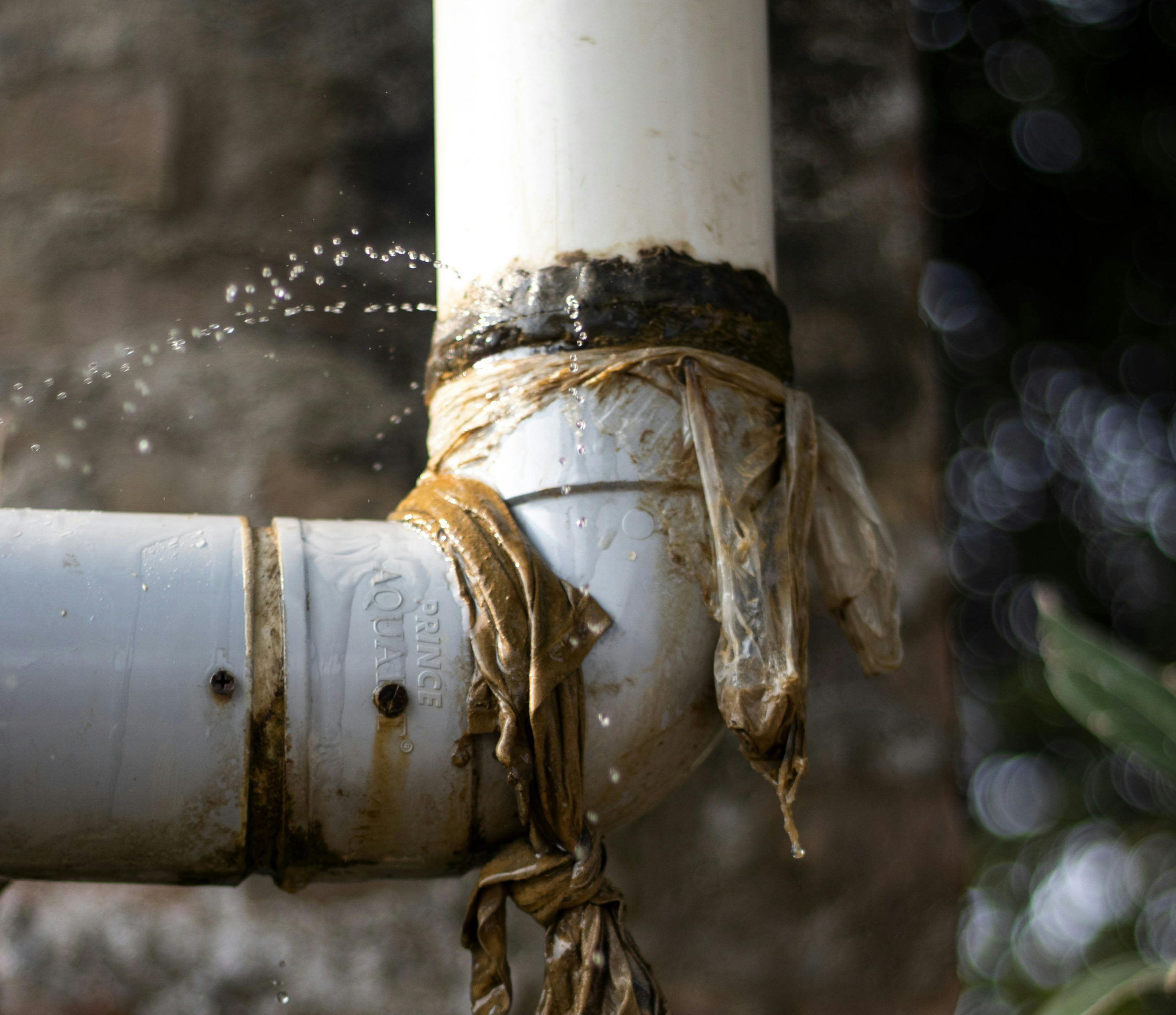Understanding Relative Humidity And Its Impact On Mold Growth In Northwest Arkansas
Relative humidity (RH) is an important concept when you're trying to prevent mold in your Northwest Arkansas home. RH is a measure of how much moisture is in the air compared to the maximum amount of moisture the air can hold at a given temperature. This article will help you understand more about humidity and mold by going over how relative humidity affects mold growth, common areas in your home that cause mold growth, and how you can prevent mold growth in North West Arkansas.

Curious if you may have mold?
Take our 30 second mold quiz to understand your risk for mold in your home, based on the answers you give.
Take the quiz now
How Relative Humidity Affects Mold Growth in Northwest Arkansas Homes
Mold thrives in environments where the RH is above 80%. This is particularly concerning for homeowners in Northwest Arkansas, where the climate can lead to high indoor humidity levels. Mold, including allergenic species like Penicillium and Aspergillus, can grow on biodegradable materials such as cardboard, paper, leather, and even surface dust when RH is high. This can happen in various parts of your home, making it crucial to monitor and control humidity levels to prevent mold growth.
What is the average humidity in Arkansas?
With an average relative humidity level of 71%, Arkansas is among the top 15 most humid states in the United States. This high humidity can lead to various issues, particularly in homes and buildings where excess moisture can foster mold growth. Residents often face challenges such as dampness, musty odors, and potential health risks associated with mold exposure. The humid climate also makes maintaining comfortable indoor environments more difficult, as moisture levels need to be controlled to prevent damage and ensure air quality. This makes mold inspection and remediation services crucial for maintaining healthy living conditions.
Common Areas Prone to High Relative Humidity and Mold Growth in NWA
Several areas in homes are particularly susceptible to high relative humidity and mold growth:
1. Basements: Unfinished basements are naturally cool and damp because their floors and walls are in contact with the cool earth. If hot, humid air enters the basement, the RH will rise, leading to potential mold growth on surfaces like concrete.
2. Crawlspaces: These areas are often vented to the exterior, allowing hot, humid air to enter. This can cause the RH to rise and create an environment conducive to mold growth on crawlspace surfaces.
3. Attics: Even well-ventilated attics can experience mold growth if there is excess moisture. This can be due to weather conditions, leaky access panels, or improperly vented bathrooms.
4. Furniture and Stored Items: Antique furniture and stored items in basements and garages can also be affected by mold if the RH is high. Mold can grow on the bottoms, backs, and legs of such pieces.
Preventive Measures to Control Relative Humidity and Prevent Mold Growth in Northwest Arkansas
Controlling RH is key to preventing mold growth. Here are some tips to help you keep your home mold-free:
1. Fix Leaks Promptly: Address basement pipe leaks as soon as possible to prevent moisture buildup.
2. Gutter Maintenance: Keep gutters and downspouts clean and ensure that downspout water is directed away from your foundation.
3. Replace Old Water Heaters: Avoid potential leaks by replacing your hot water heater before it reaches the end of its useful life.
4. Use Dehumidifiers: Dehumidify unfinished basements and crawlspaces during the humid season, typically from mid-April to mid-October in Northwest Arkansas. Close basement windows while dehumidifying to prevent outside air from entering.
5. Proper Ventilation: Ensure that your bathroom exhaust fan vents directly to the exterior and that there are no gaps around attic access points.
6. Storage Solutions: Avoid storing items directly on basement floors or near foundation walls. Use tightly lidded bins and rolling metal shelves to reduce dust collection surfaces.
Conclusion
Maintaining optimal RH levels is essential for preventing mold growth in your home. By understanding how RH affects mold and taking preventive measures, you can protect your home and health from the adverse effects of mold. Regularly monitor RH levels using thermo-hygrometers and adjust your dehumidification efforts as needed. With these steps, you can ensure a healthier living environment in Northwest Arkansas.
For more detailed information and expert advice on mold prevention and indoor air quality, refer to the works of Jeffrey C. May, an experienced indoor air quality specialist. His insights and recommendations can help you keep your home safe and mold-free.